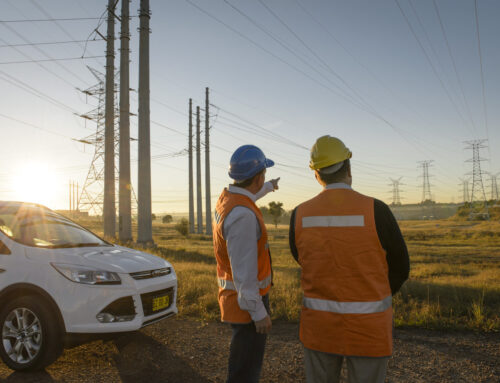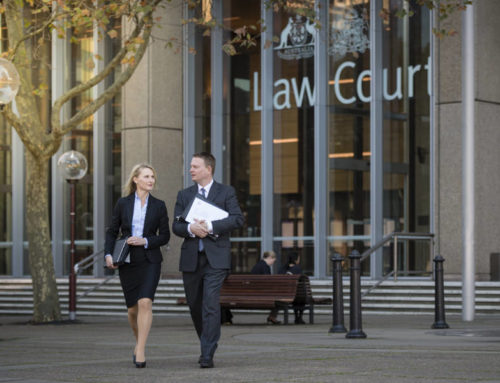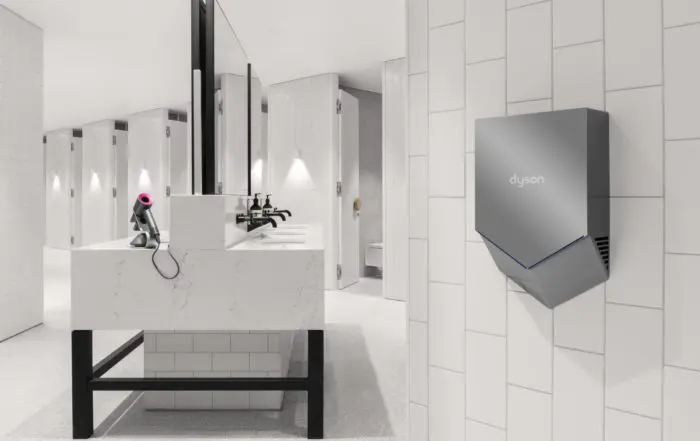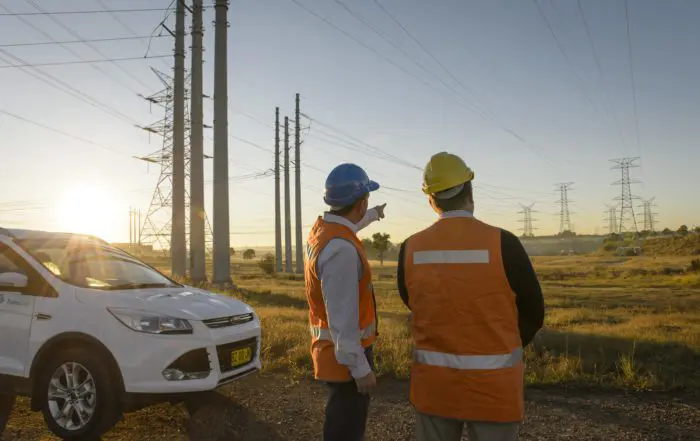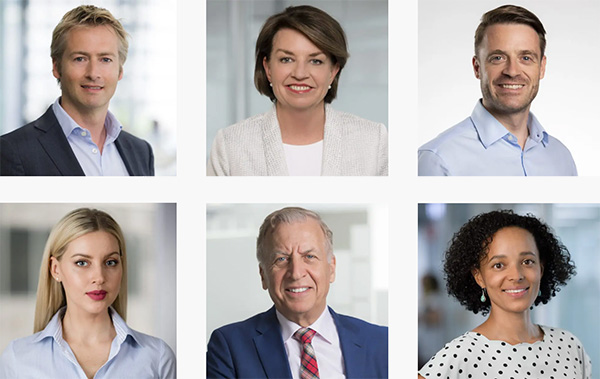
Shooting The Breeze is a photography blog by Gavin Jowitt, an award-winning Sydney-based photographer, offering valuable articles and advice on corporate, industrial, and architectural photography; life and photography in Sydney; and running a successful photography business.
How to plan a successful corporate photoshoot at your office
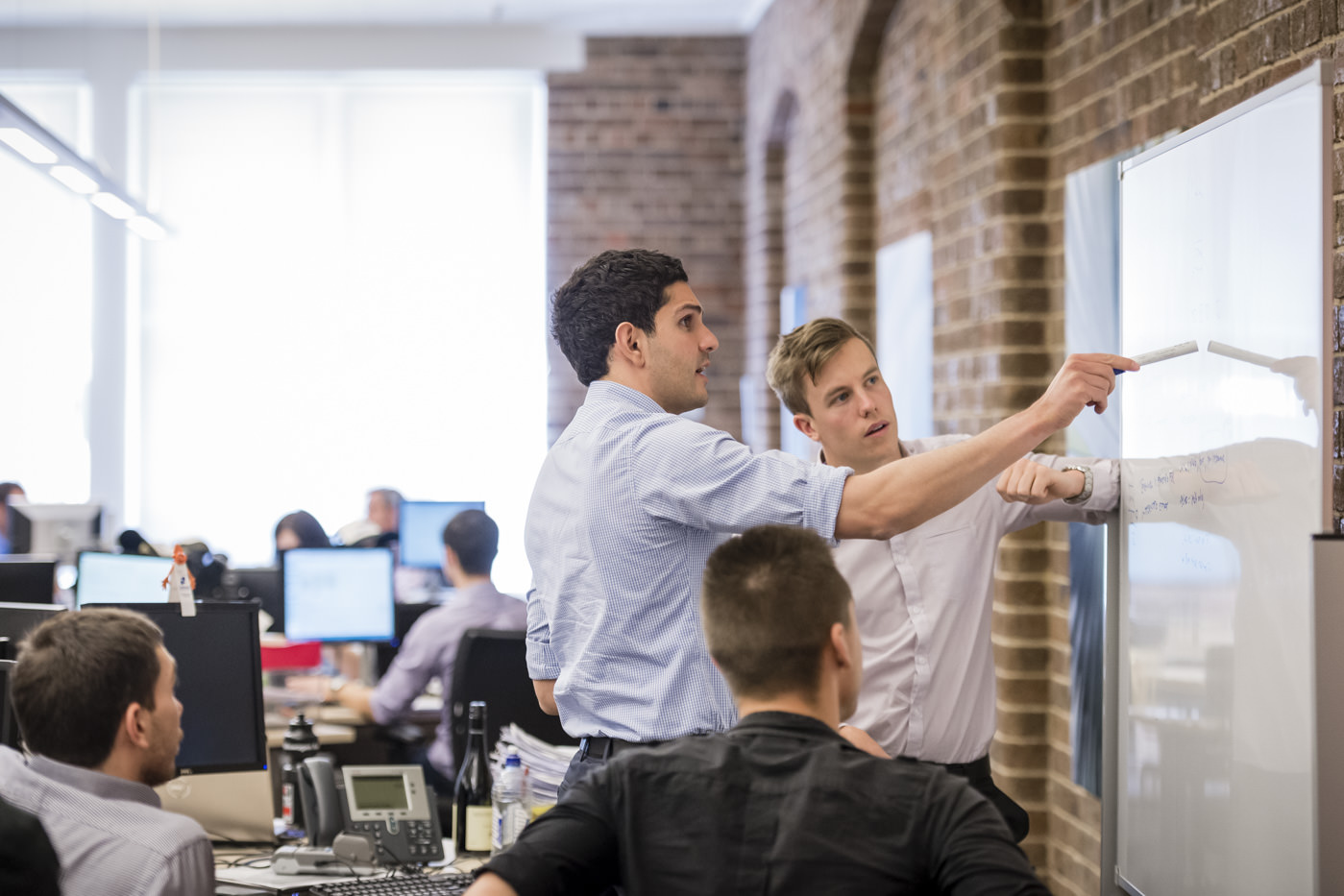
A corporate photoshoot is an essential aspect of showcasing your company’s brand image, culture, and team spirit. Preparing your office and employees for the photoshoot ensures a smooth and efficient process, resulting in high-quality photographs that can be used for marketing, website content, and social media. As a corporate photographer based in Sydney, Australia, I’ve compiled a comprehensive guide to help you prepare for a successful corporate photoshoot in your office.
A well-prepared corporate photography brief is an essential aspect of achieving success. For a comprehensive guide on writing an effective corporate photography brief, visit: https://www.gavinjowitt.com/blog/how-to-write-a-corporate-photography-brief/

Section 1: Choosing a photographer and obtaining a quote
Research photographers
Begin by researching photographers whose style, portfolio, and client list align with your expectations. Research online and ask for recommendations from your network. Look for professionals with experience in corporate and commercial photography, as they’ll have a better understanding of your needs and how to capture the essence of your business.
Check their style and portfolio
Review each photographer’s portfolio to ensure their style matches your vision for the photoshoot. Note any images that particularly resonate with you, as these can serve as helpful references during the briefing process.
Client list and case studies
A photographer’s client list and case studies can provide valuable insights into their professionalism and capabilities. Look for known brands in their client list, as this often signifies a high level of trust and satisfaction with the photographer’s work. Examine the case studies to see the results they’ve achieved for their clients, ensuring that their style and quality align with your expectations.
Request a quote
After narrowing down your options, request quotes from your top choices to compare prices and services. Your corporate photography brief should include all the information required; however, arranging a Teams meeting to discuss the brief may be helpful.
Confirm availability
Check the photographer’s availability for your preferred shoot date and ensure they can meet the deadline for when images are required. This will help you avoid scheduling conflicts and ensure the timely delivery of the final photographs, keeping your marketing efforts on track.

Section 2: Planning the shoot
Finalise shot list
Coordinate with team leads and department heads to create a detailed shot list outlining the various groups, individual portraits, and office spaces that need to be photographed. Ensure the shot list meets the brief’s requirements and encompasses the desired outcomes for the photoshoot.
Engage participants
Notify all employees of the upcoming photoshoot, clearly explaining its purpose and how they may be involved. Communicate any dress codes, grooming expectations, and required accessories well in advance to ensure everyone is prepared for the shoot. Emphasise the importance of getting your people engaged in the process, as their enthusiasm and involvement will contribute to the overall success of the photoshoot.
Addressing concerns
Be sensitive to individual preferences and concerns regarding participation in the photoshoot. Some employees may want to avoid involvement due to cultural, privacy, or personal reasons. Address these concerns respectfully and make alternative arrangements for those who do not wish to participate.
Scheduling and avoiding disruptions
While developing a run sheet that allocates time slots for each team or individual, be mindful of important meetings or events that might be disturbed by the photography. Schedule the shoot around these activities to minimise disruptions to the workday.
Create a run sheet
Develop a run sheet that allocates time slots for each team or individual (typically 20-30 minutes per team), factoring in time for a walk-through with the photographer at the beginning of the day. This well-planned approach will help keep the shoot on schedule and ensure everyone is prepared for their time in front of the camera.
Share shot list and run sheet
Share the final shot list and run sheet with the photographer, allowing them to provide input based on their experience. Consider arranging a Teams meeting to discuss and finalise the plan, as the photographer’s valuable insights can contribute to a more efficient and successful photoshoot.
Office tidy-up
Encourage employees to tidy their workstations and common areas before the shoot. Remove unnecessary items, organise cables and wires, and ensure all surfaces are clean and presentable. A clean, clutter-free environment will make the photoshoot more efficient and result in more visually appealing photographs.
Communication and cooperation: Inform all employees about the photoshoot, even those who may not be directly involved, and request their cooperation in creating a smooth and efficient experience. Encourage everyone to be mindful of the ongoing photography and to be considerate of the photographer’s needs. As a final reminder, email or message all participants and team leaders the day before the shoot to ensure everyone knows the schedule and any last-minute details. This comprehensive communication strategy will contribute to a successful and well-organised corporate photoshoot.
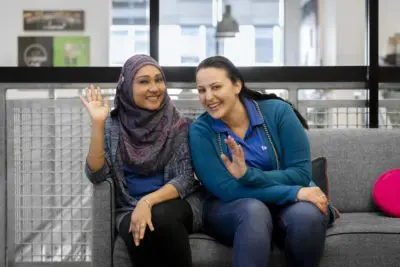
Section 3: On shoot day
Meet the photographer
Arrive early to meet with the photographer and discuss any last-minute details or address any concerns. Conduct a walk-through of the various locations to ensure the photographer knows the layout and can set up their equipment accordingly.
Time management
Keep track of time throughout the day to ensure you stay on schedule. Be prepared to make adjustments if certain shots take longer than anticipated, and communicate any changes to the teams and individuals involved to maintain a smooth workflow.
Be flexible
Be prepared for things to not go as planned and remain adaptable in case adjustments are needed. Whether it’s a change in lighting, a location becoming unavailable, or a team member arriving late, being flexible will help you navigate any unexpected situations and keep the shoot running smoothly.
Prep locations and props
Ensure all locations and props are ready before the photographer arrives at each area. This will help maintain a smooth workflow and minimise delays. Assign a team member to assist with managing props and ensure locations are clear of clutter.
Check-in with the photographer
Regularly check in with the photographer to ensure they’re capturing the desired shots and meeting your expectations. Don’t be afraid to provide feedback or ask for adjustments if necessary. Open communication is key to achieving your desired results and ensuring the photographer understands your vision.
Engage participants
Encourage your team to relax, have fun, and be themselves in front of the camera. The more comfortable and engaged your employees are, the more authentic and compelling the photographs will be. Provide support and reassurance to those who may be camera-shy, reminding them of the shoot’s purpose and importance to the company.
Have fun
Remember, a successful photoshoot is about capturing great images and creating an enjoyable experience for all involved. Foster a positive atmosphere and encourage your team to enjoy the process, as this will contribute to a more successful and memorable corporate photoshoot.
A successful corporate photoshoot requires careful planning, open communication, and flexibility. By choosing the right photographer, engaging your team, and staying organised throughout the process, you can ensure a smooth and enjoyable experience for all involved. Remember to keep the atmosphere positive and have fun; this will contribute to capturing authentic and compelling images that truly represent your organisation. By following these guidelines, you’ll be well on your way to creating a standout visual representation of your company that will leave a lasting impression on your audience.
About the author
Gavin Jowitt is an accomplished corporate communications and branding professional with over 30 years of experience as a creative director and photographer. Awarded Australian Commercial Photographer of the Year in 2019, Gavin has built a reputation for delivering high-quality photography that enhances stakeholder communication. Gavin works with a wide array of public and private sector clients, guiding them in creating versatile photography libraries while offering extensive corporate, industrial, and commercial photography services throughout Australia.
Recent posts
Victoria Cross: Photographing North Sydney’s New Metro Station
Photographing Victoria Cross station captured its sleek design and functionality, showcasing how it transforms North Sydney’s urban landscape and connectivity.
The Art of Clean: Why Dyson Demands the Highest Quality Product Photography
Dyson's unwavering commitment to visual excellence and how it has shaped their brand identity in the minds of consumers.
Tips for Planning and Arranging a Photoshoot at Your School
In today’s digital age, visual content is one of the most potent ways to engage and inspire prospective students, parents, and staff. Whether for a new school prospectus, website, or social media, professional education photography [...]
Transgrid’s Innovative Use of Photography
Transgrid is illuminating the human and technical side of Australia's energy infrastructure through captivating visual storytelling.
The Power of Lifestyle Product Photography
A deep dive into the world of lifestyle product photography, with a focus on Victa Australia's journey to creating powerful visual connections with their customers.
Sydney Photographer / Featured Service / Corporate Headshots in Sydney
As a professional Sydney-based photographer specialising in corporate headshots, I recognise the significance of top-quality images for building the professional profiles of your key personnel. My expertise is crafting professional headshots highlighting confidence, character, and professionalism.
> Headshot pricing and book online
